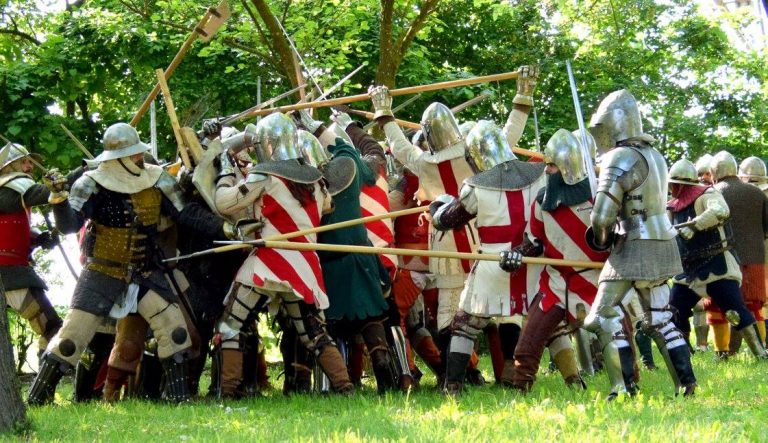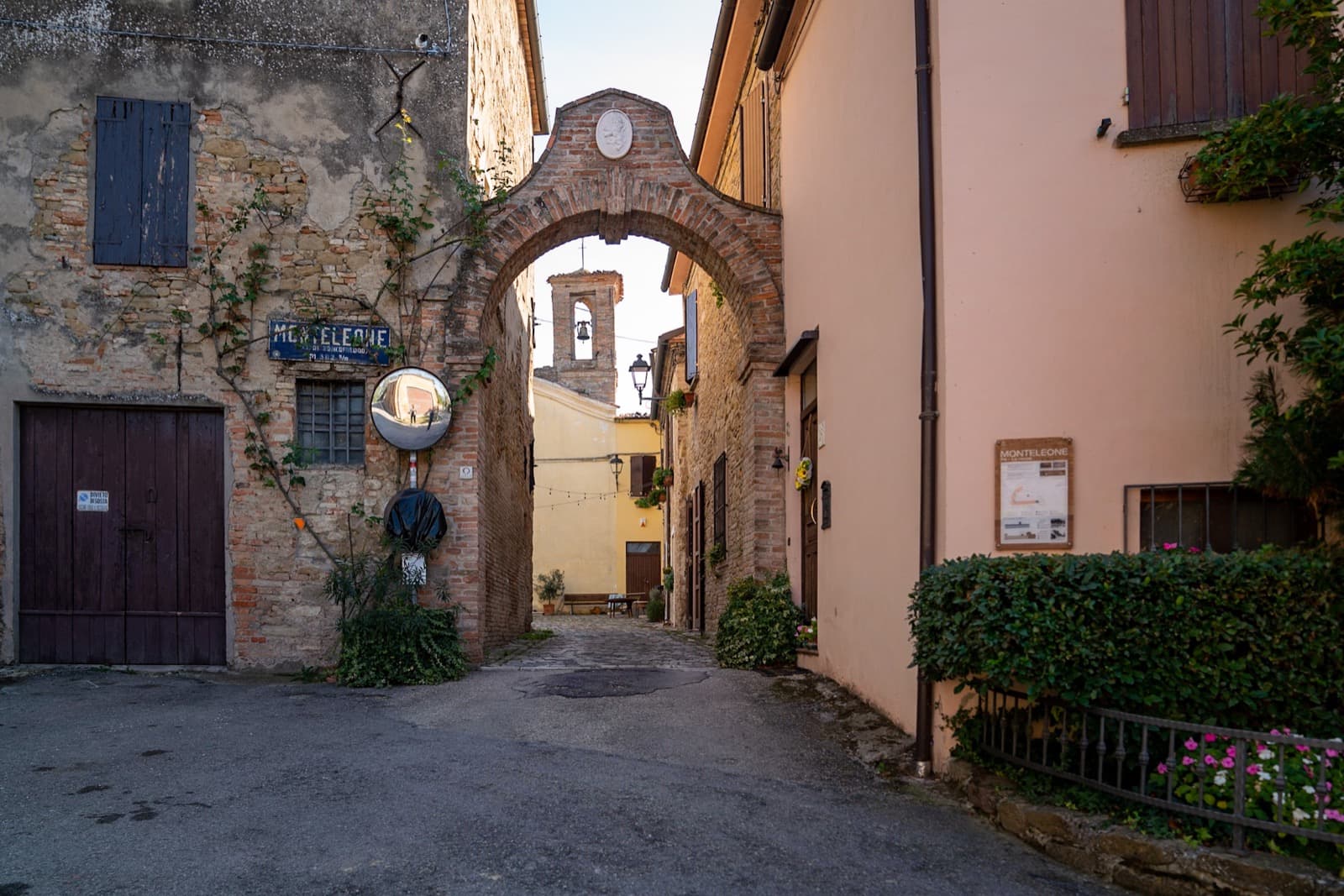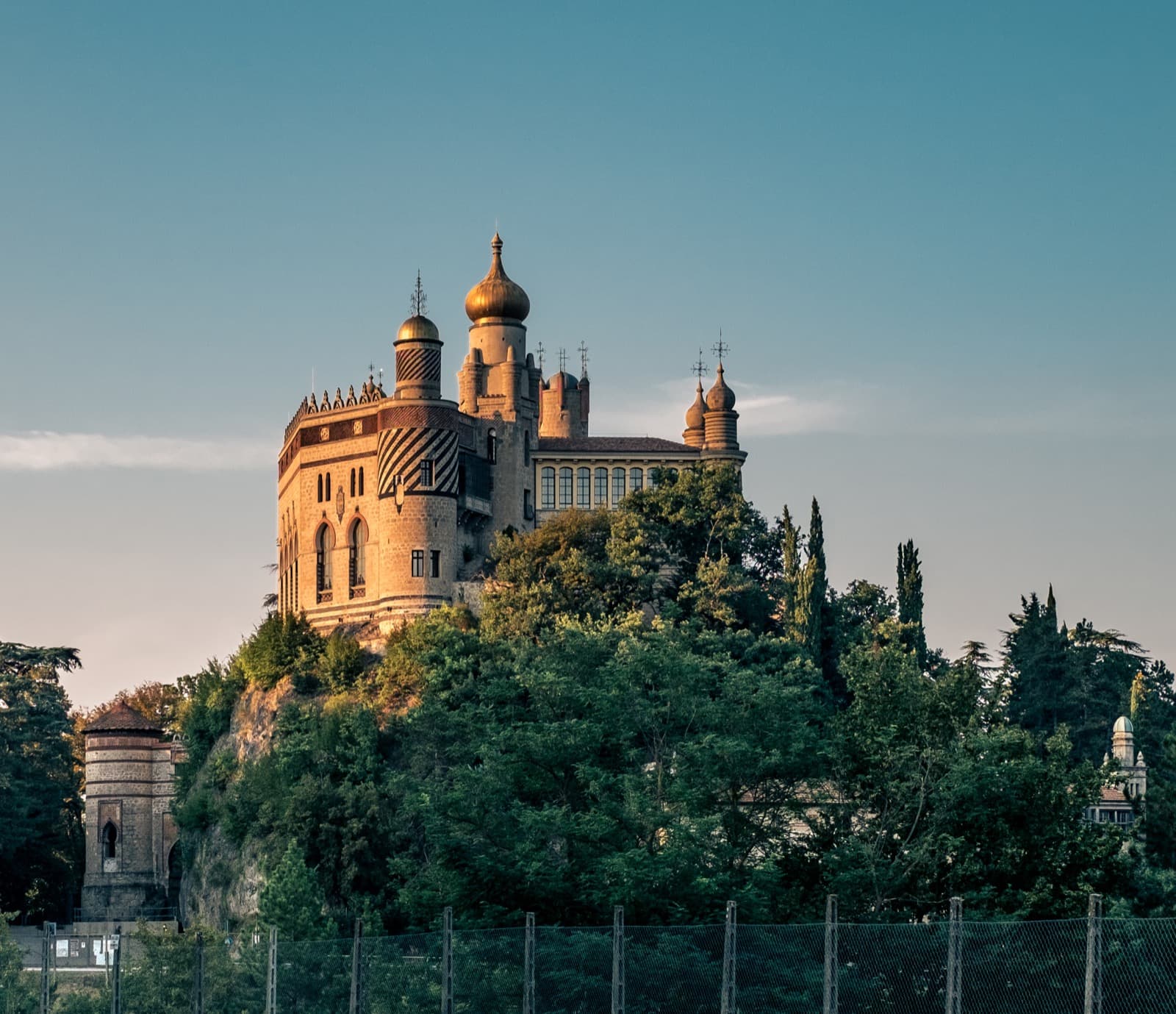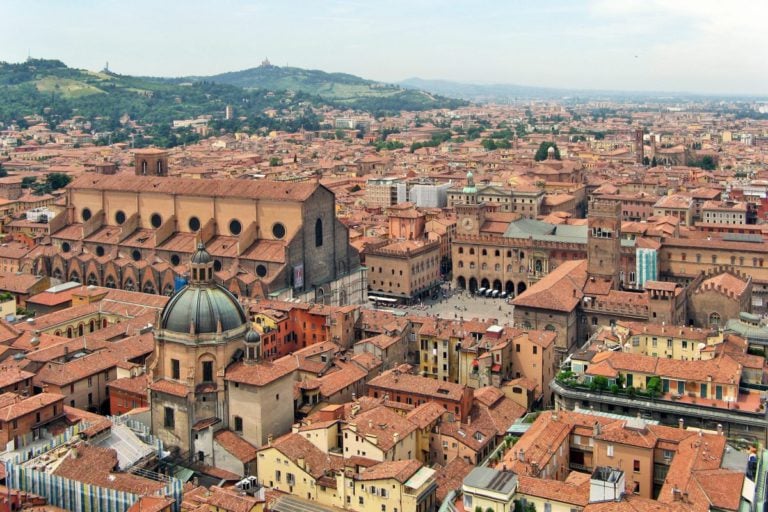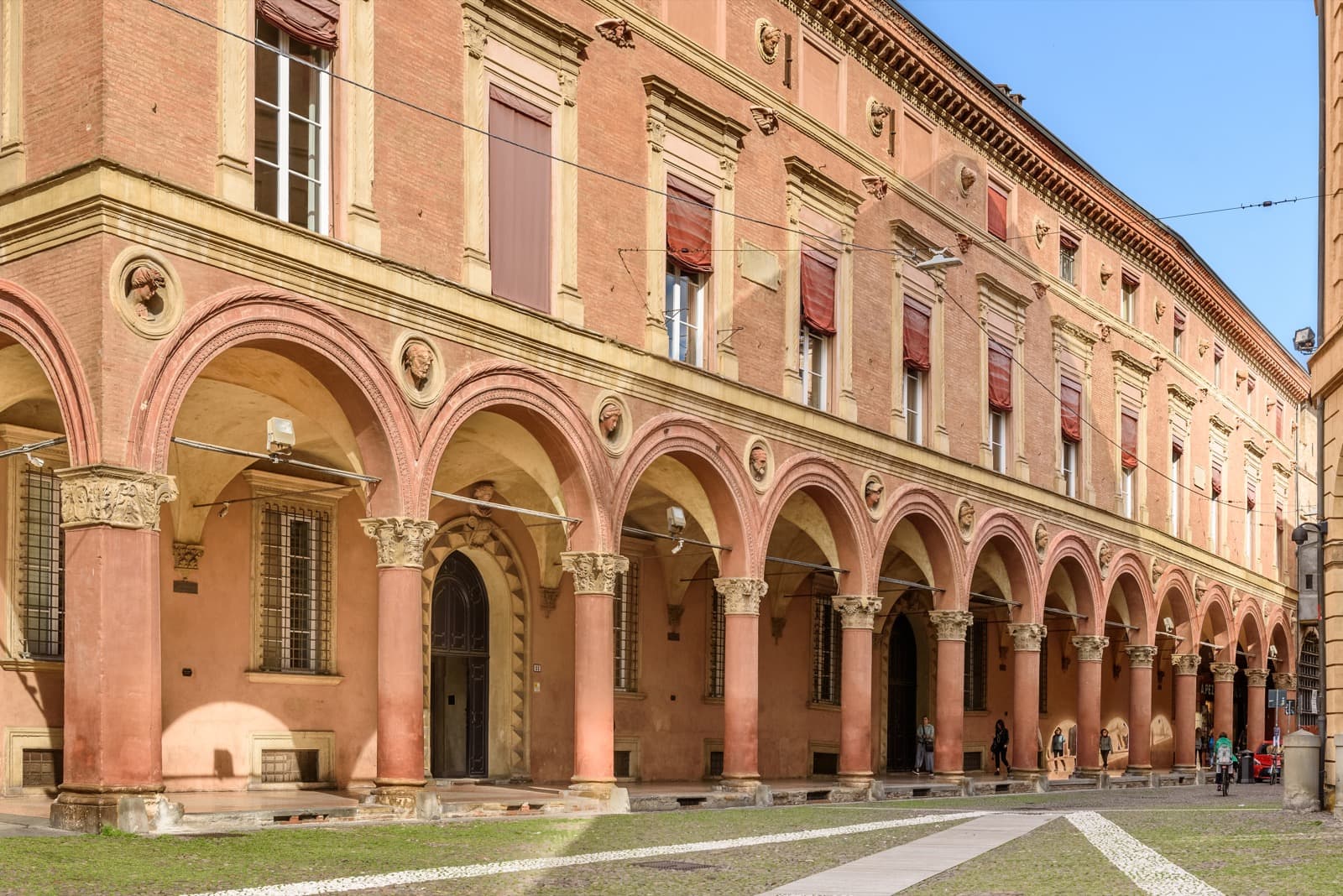The tradition of the Palio is one of the most fascinating traditions in Italy. It is a competition between the “contrade” (districts) or even different villages, and includes different kinds of racing: horse racing, boys and girls racing, and even boat racing.
Almost all the Palios are an evolution of the tradition of medieval or renaissance jousting. They were a tribute to noblemen or a homage paid during special occasions, that were later handed down over the centuries. The competition has later been enriched by historical re-enactments and events aimed at celebrating local culture and tradition.
There are many palios in Emilia-Romagna, each one to discover. If you want to spend a weekend in the magical atmosphere of the past and witness the excitement of a race you will find many interesting ideas.
Ferrara's Palio

Ferrara’s Palio is the oldest documented one in Italy, dating back to the 13th century, and it derives from the games organized after the victory of Azzo VII d’Este against Ezzelino Romano. It is traditionally held on the last Sunday of May to remember the appointment of Duke Borso d’Este by Pope Paul II in 1471. After a long pause in the 1600s, Ferrara’s Palio was resumed first in 1938, then interrupted during the Second World War, and eventually in 1967.
The Sunday race is held in the evocative Piazza Ariostea, signing the closure of a whole month of celebrations, parades and competitions among the eight colorful districts of Ferrara. The race is divided into four categories: the race of “putti” and “putte” (boys and girls under 15 years), the race of the donkeys and, most importantly, the race of the Berbers, or half-breed horses.
If you already have in mind to visit Ferrara and its wonders, the Palio could be an excellent opportunity.
San Secondo Parmense's Palio
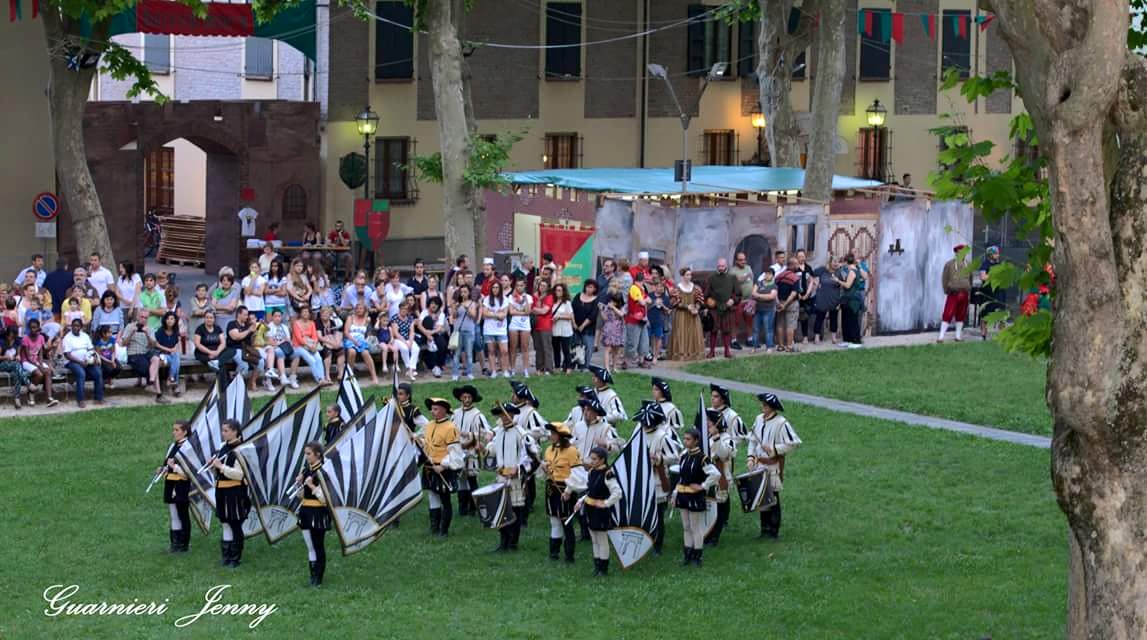
The Palio di San Secondo Parmense (Parma) is held on the first Sunday of June. It was created in 1523 to honor the marriage between Camilla Gonzaga and Pier Maria III de ‘Rossi.
The districts of San Secondo compete in the ancient practice of the Quintana, or Saracen joust, in three days of tournaments from Friday to Sunday. The historical re-enactment that goes with the competition is truly evocative.
On the first day, we see parading flag-wavers, musicians, and figures in medieval costume. On Saturday, after the procession of the spouses, and the districts meet for the ritual of the propitiatory dinner (an excellent opportunity to taste the typical delights of the Parma area). Finally on Sunday, the wedding takes place before the Palio, followed by the benediction of the horses.
Parma's Palio
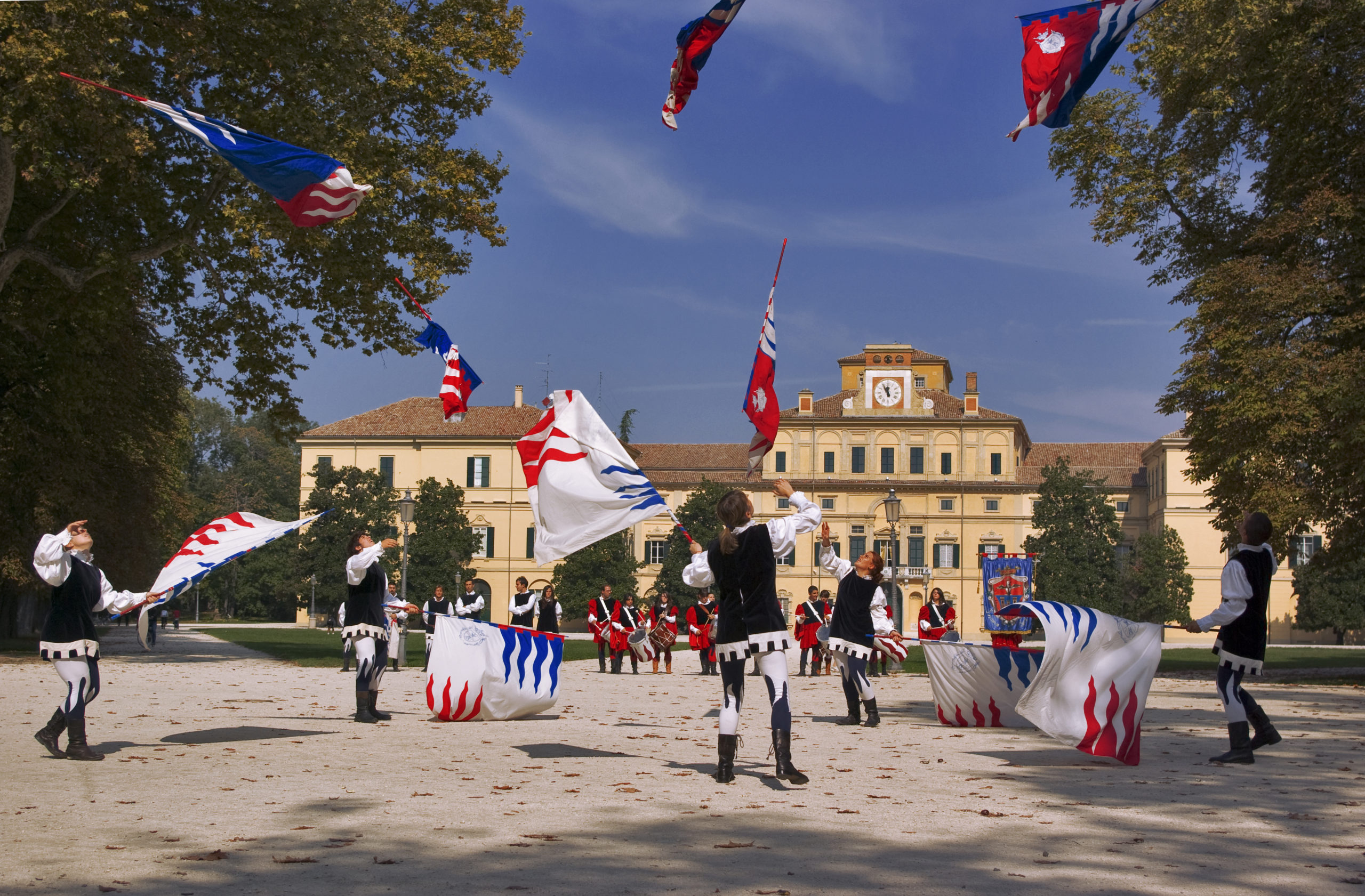
The Palio di Parma dates back to the early 1300s as a celebration of the marriage between Giberto III of Correggio and Engelenda Rossi of San Secondo. After a long and troubled history, it was eventually resumed by the sports federation of Parma in 1978.
The celebrations last two days and are held in mid-September, including historical re-enactments and the three races of girls, boys, and donkeys held in the wonderful setting of Parma. The winners of the races receive a banner designed and created by young local artists.
The competitions between flag-wavers are perhaps the most peculiar in Emilia-Romagna. The five districts compete simoultaneously in five different places, at gates of the city. That’s why they are named after theses medieval gates: San Barnaba, San Michele, Nuova, San Francesco and Santa Croce.
Bobbio's Palio
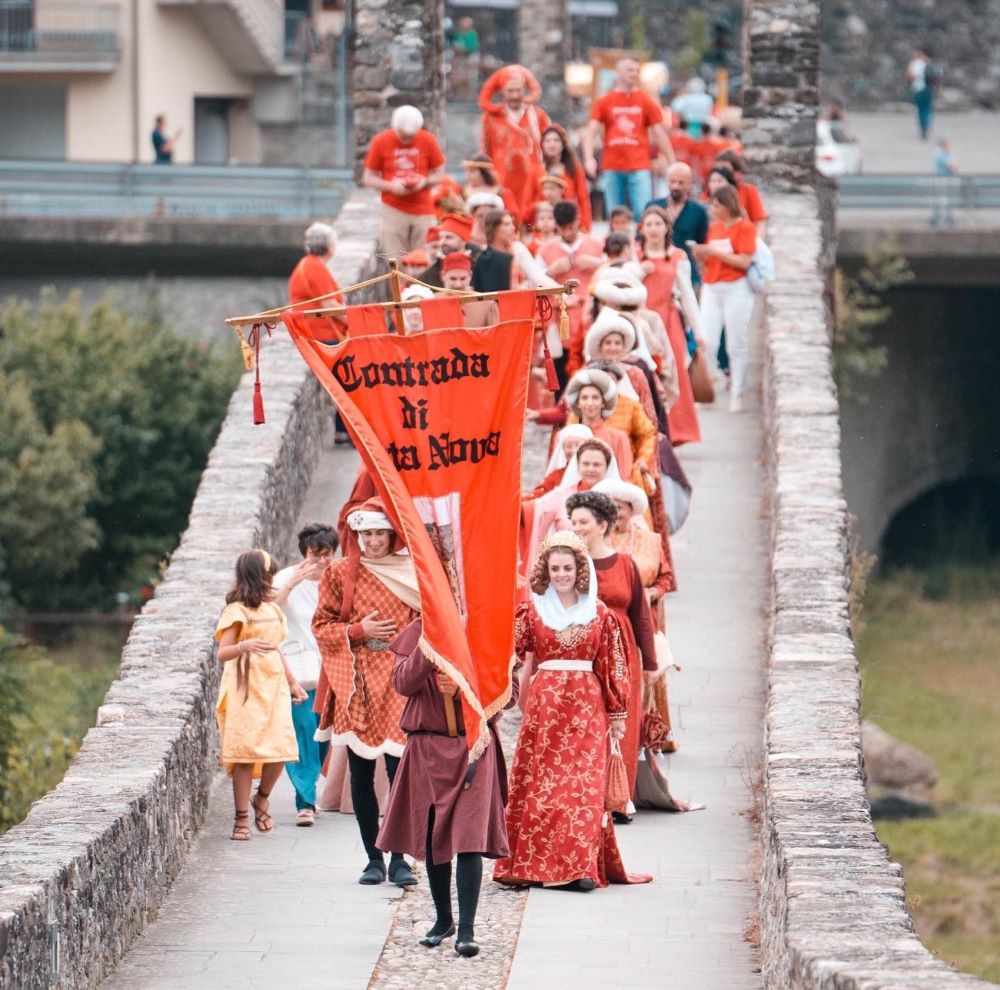
Not much is known about the origins of Bobbio’s Palio, but it is an event of undoubted historical value rooted in tradition. The five participating districts are named after the historic medieval gates of the city: Alcarina, Fringuella, Agazzia, Legleria and Nova. Proof of the antiquity of the Palio is provided by the fact that the five gates already existed in the 12th century.
After the Sunday parade, the participants compete in a series of playful challenges: egg-throwing, archery, brick race, the greasy-pole, tug of war and, last but not least, the big binge. The location of the races in the squares and streets of the city is a great starting point to explore a small village located right in the heart of the four provinces of Emilia.
Faenza's Palio del Niballo
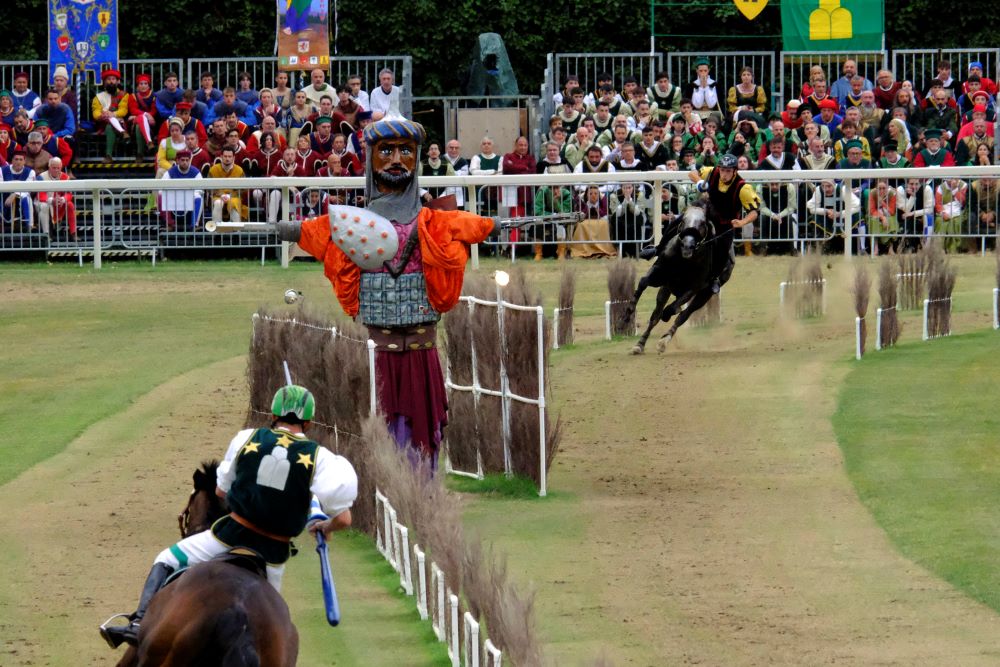
June has been, since 1959, the month of Faenza’s Palio. But the history of this event is much older and more complex. It was documented for the first time in the late 15th century, but it probably dates back to even earlier times.
There are five districts involved, four of them descending from the ancient city division (Rioni Rosso, Giallo, Verde, and Nero) and one created specifically to involve a suburban area of the city (Borgo Durbecco, former White Rione).
The peculiarity of Faenza’s Palio is the main competition: the so-called bigorda tournament (in both adult and kids versions). This competition revives the classic format of the medieval joust, where knights compete against each other with lances. Worthy of mention are the prizes to be won: the winner gets the banner of cloth, the second-placed a porchetta ham and the third-placed a rooster and some garlic.
A must see is the flag-waving tournament: the beautiful figures and choreographies intertwine with the sounds of the musicians wearing traditional costumes.
Santa Reparata Palio
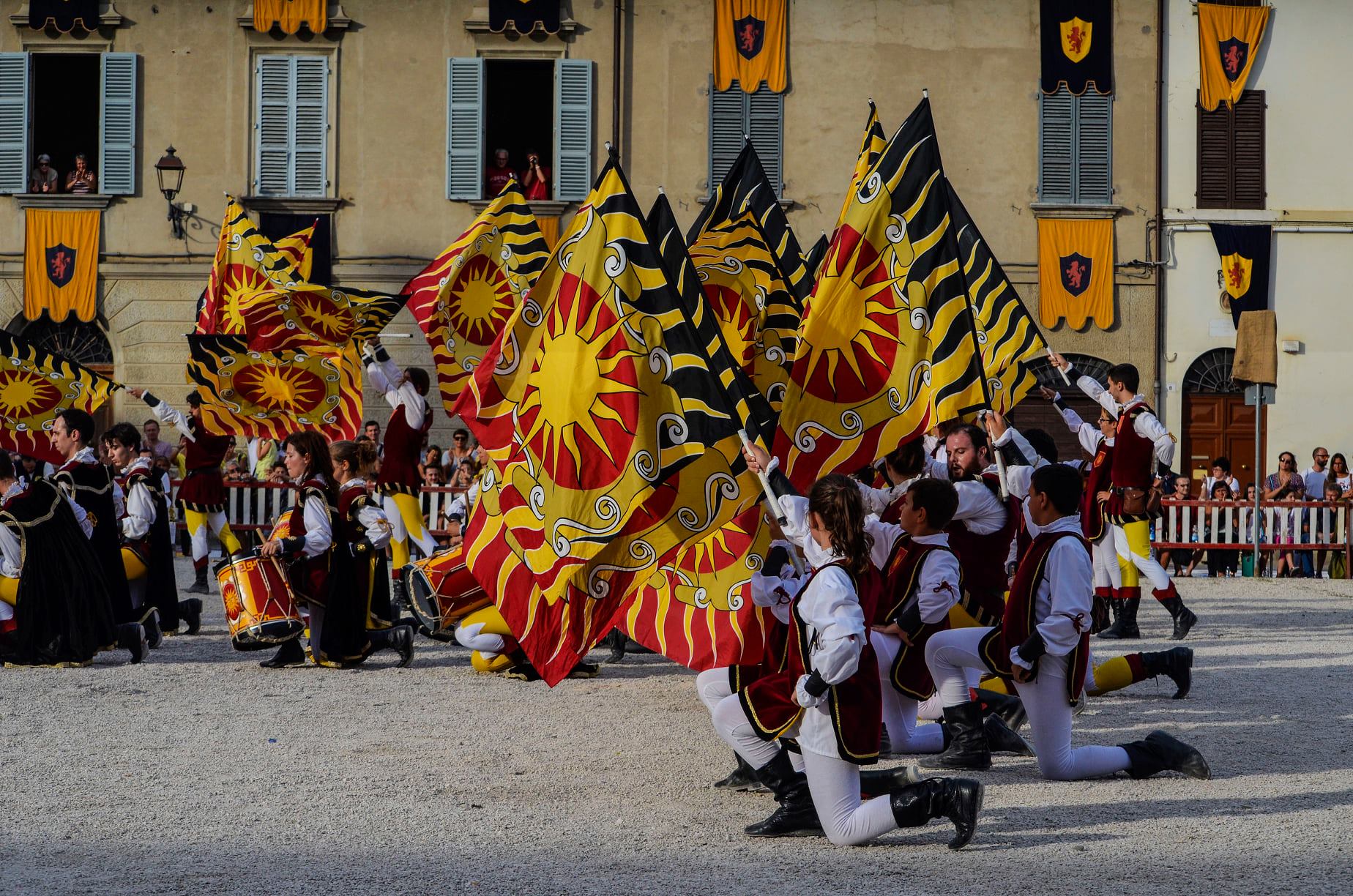
Although it originated as a contest between the villages Terra del Sole and Castrocaro Terme, the Palio di Santa Reparata now only involves the two districts of Terra del Sole – Borgo Romano and Borgo Fiorentino – which reminds us of the ancient division between Romagna and Tuscany’s Grand Duchy.
The horse race, in this case, is special and unique: a crossbow shooting competition. It’s preceded by a parade of five hundred actors, musicians, and flag-wavers, alongside with the ritual of the propitiatory dinner.
Mondaino's Palio
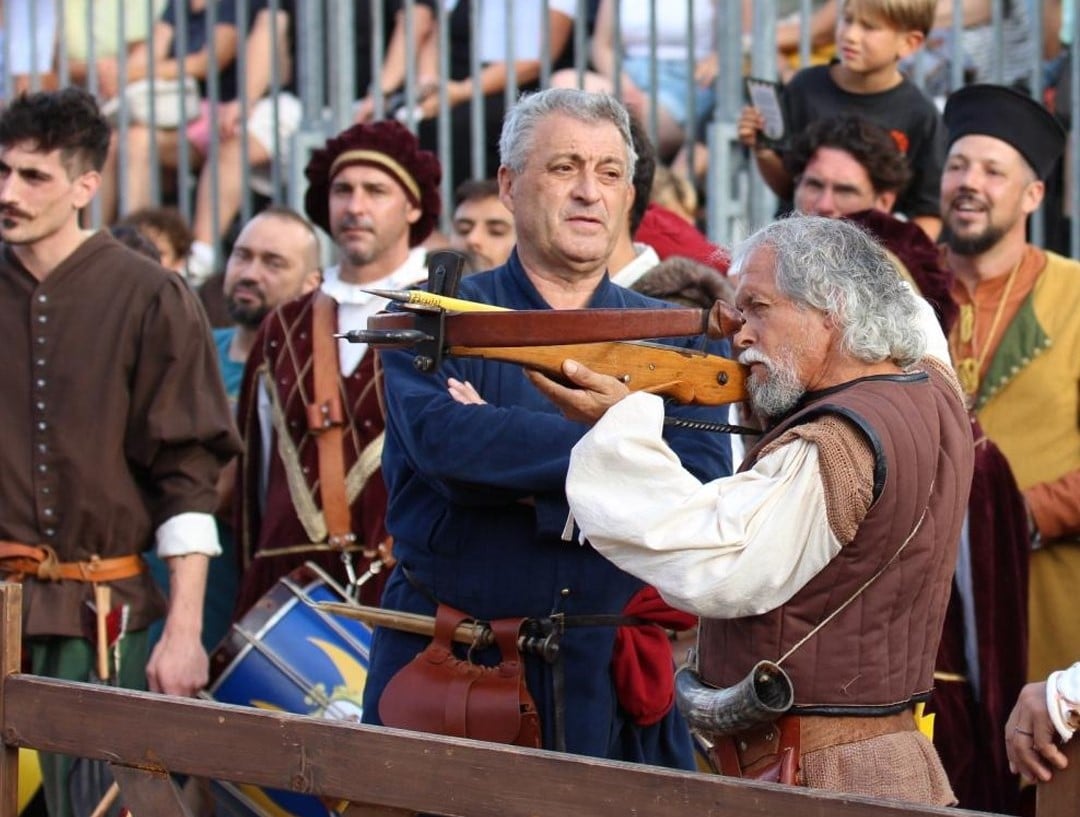
Also known as Palio del Daino, it celebrated its 30th birthday in 2017, but it actually dates back to 1497, when it was created as a celebration of the truce between the lords Malatesta and Montefeltro from Urbino.
The palio includes four days of celebrations, games, banquets, and music in the small village of Mondaino, not far from the so-called Piero della Francesca’s balconies, on the third weekend of August. In addition to the parades and the classic tournaments between flag-wavers, the contenders compete in sword duels and races. Not to be missed is the funny race of the geese.
Author
You may also like
A weekend in the hills around Cesena: what to see and where to go
by Davide Marino /// November 6, 2020

Interested in our newsletter?
Every first of the month, an email (in Italian) with selected contents and upcoming events.
Rocchetta Mattei, a Moorish jewel among Bologna’s Apennines
by Elisa Mazzini /// November 11, 2019
Discover Emilia Romagna from above
by Elisa Mazzini /// October 24, 2018
